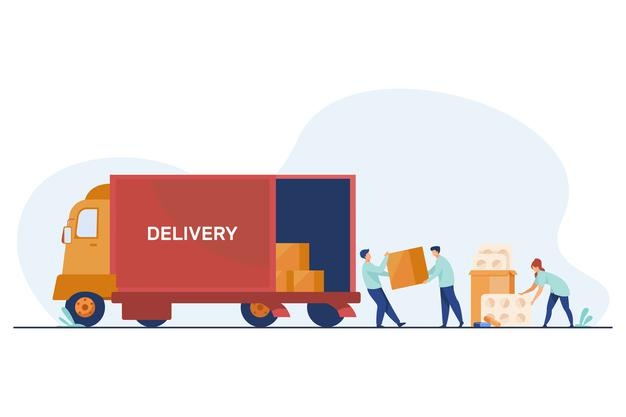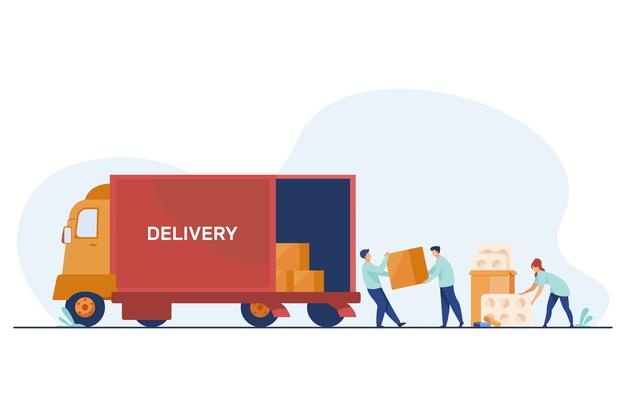To operate a successful business, you have to stay on top of your supply chain, but it can be tough to monitor everything that happens.
In the process of receiving and shipping products and materials, there are many opportunities along the way that can leave your company open to fraud, including employee theft, counterfeit goods, and dishonest vendors.

However, most companies underestimate how deeply their processes are scrutinized, despite the harsh consequences of supply chain fraud. To help minimize fraud, many companies have fraud detection practices in place.
Preventative Measures
Even though fraud can never be eliminated, you are able to reduce the risk by being proactive and preventative significantly:
Communication: By communicating integrity is a non-negotiable value through a mission statement, handbook, and other communication methods, the organization can take pride in its integrity.
Be aware of internal fraud: Some professionals are so engrossed in maximizing operations that they neglect profit leakage from internal fraud and the impact of their supplier relationships on their reputation, brand, and financial outcomes.
Hire the Right People: Accounting and procurement processes can be automated, but they still rely on people. It is essential to break down duties into separate tasks so that no single individual can control an entire transaction. This will ensure that no single individual is responsible for the whole process. Employees who transfer divisions or move to another part of the company should remove their old permissions and authorities. This prevents employees from incorrectly accessing company information.
Know Who You’re Dealing With: To ensure your manufacturers and suppliers have no potential conflicts of interest and are reputable, conduct thorough background checks and integrity due diligence before signing a partnership agreement with them. Before participating in any business activity, you must also check whether the supplies are financially stable. The best vendors will not be shy about setting up transparent inventory and asset tracking policies, and they will be willing to work hard to resolve misunderstandings and improve relations.
Quality Checks: In cases where the supplier is located in a country like China and is responsible for supplying finished goods to a company outside the country, the supplier may not require much supervision. Therefore, they are free to take advantage of various schemes that conflict with the buyer\’s interests.
Don\’t jump to conclusions. The discovery of duplicate invoices through your analytics process could be explained in several different ways. There are times when honest mistakes are made, so make sure you ask questions before pointing fingers.
Take control of your stockroom and assets: Using asset tracking software and barcodes can reduce employee theft. You can track your purchases and inventory by using tools such as asset tracking, which allows you to see where each item is, how it got there, and who had access to it last. As a result, it is more difficult for employees to steal inventory items without being noticed. It is not only possible to monitor employees with barcode technology and effective policies, but it is also possible to save time when entering data, tracking inventory, and preparing forecasts.
Conclusion
Ultimately, eliminating supply chain fraud is a full-time task that doesn\’t end. Keeping an eye out is always necessary, and complete security is never guaranteed. Nevertheless, with effective preventative measures in place, fraud will be detected appropriately when it occurs.

